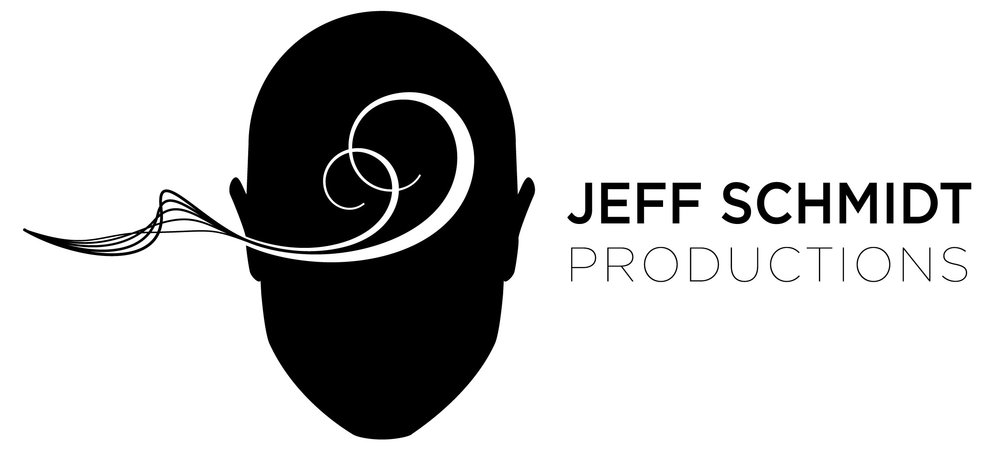2021 was the year I upgraded my studio from Stereo to 9.1.4 to mix audio in Dolby Atmos.
For those unfamiliar, Dolby Atmos is an immersive surround sound platform that's been in use in cinema since 2012, and Home Theater setups a few years later. Most modern smartphones today can decode Dolby Atmos audio. You've probably already heard it in the cinema, at home, or in video games.
The main difference between previous surround sound formats such as 5.1 is the addition of overhead speakers and some technical magic to allow sounds to be placed beyond the exact physical speaker locations. Some people have tossed around the term "3D audio" to explain Dolby Atmos but after mixing and referencing a LOT of Atmos content for the past few months I disagree with calling it "3D". More on that in a bit.
But first the big question: why upgrade my studio to a cinema surround format when most of my audio work is listened to on headphones? The short answer is because Dolby Atmos can be listened to on headphones. And that is the real benefit of working in Dolby Atmos. I can mix a project in Atmos and the playback will conform to whatever setup the listener is listening on.
The adoption of Dolby Atmos at the consumer level has been increasing for years in soundbars and phones but received a major boost last year when Apple announced support for iPhones and AirPod Pro in Apple Music (along with Tidal, & Amazon Music, and a few others). Since then Apple has introduced MacBook laptops supporting Atmos and there will be even more.
The Atmos format is finally reaching the level where it will be in the devices consumers already have or will have without them even needing to ask for it. It's even coming to automobiles. Podcasts will be the next entertainment platform I expect to support the proper delivery of Dolby Atmos content. Probably even in 2022. So for these reasons, I felt like now is the right time for me to get working in the format and upgrade my studio with a 14 speaker system.
To date, I've remixed both seasons of the Wondery audio drama "Blood Ties" as well as the first episode of season 1 of Dr. Death and The Apology Line in Dolby Atmos. I'll probably create another article about that experience in the coming weeks. I expect to be doing a lot of mixing in Atmos this year and hopefully will find some time to post about those projects as the year progresses.
3D AUDIO?
Let’s acknowledge that marketing language is often simply an exaggeration. If you’ve heard the term 3D Audio it’s purely a marketing term. I don’t think it’s Dolby’s term as I’ve never seen or heard them use it.
That said - I have seen many productions that use the Dolby Atmos platform call their own work “3D Audio”.
From my point of view - this is a misleading term mainly because it sets an expectation I don’t think Atmos can always deliver.
When compared to 3D Film/TV/Video, Dolby Atmos sound is far more subtle. So far there is nothing I’ve heard in Atmos including my own experiments and work has delivered a WOW effect on the level of seeing 3D visuals like Avatar. Dolby Atmos is not what I’d call “holographic” which is what I’d want to hear before calling something 3D sound. That said - I know marketing people need to hype things and will continue to use the phrase - just know that it’s often just that - marketing jargon.
Still, Dolby Atmos absolutely does allow us to create far more dynamic and enveloping sound for our projects than good old stereo. And with headphone support improving all the time - that experience will be available to more and more people in the weeks and months ahead. I’m fully on board and am looking forward to the incredible sound we can create in Dolby Atmos.

